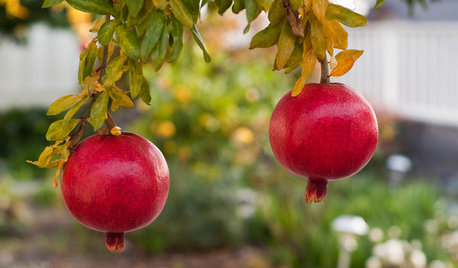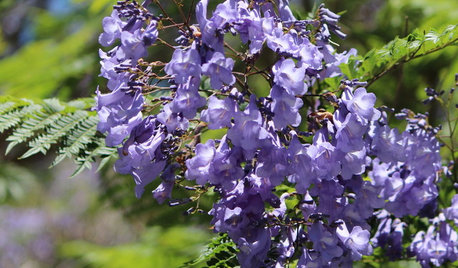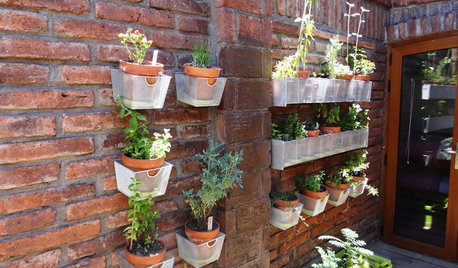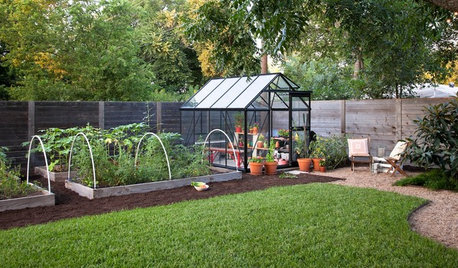My Hybridizing Attempt with Tomatoes
digit
10 years ago
Related Stories

EDIBLE GARDENSSummer Crops: How to Grow Tomatoes
Plant tomato seedlings in spring for one of the best tastes of summer, fresh from your backyard
Full Story
SPRING GARDENINGSummer Crops: How to Grow Strawberries
Pluck your own sweet strawberries right from the garden vine for smoothies, salads or eating then and there
Full Story
EDIBLE GARDENSSummer Crop: How to Grow Blueberries
Plant blueberries in spring or fall for garden beauty through three seasons — and a sweet superfood in summer
Full Story
FRUIT TREESHow to Grow Your Own Persimmons
Sturdy and easy to care for, these trees offer bright fruit through winter — and keeping them in bounds is no sweat
Full Story
GARDENING GUIDESNorthern California Gardener's October Checklist
It's still a great time to plant flowers, vegetables and even bulbs in California gardens this month, thanks to predictably mild weather
Full Story
EDIBLE GARDENSGarden BFFs? Why Your Vegetables Are Begging for Companion Plants
Foster friendships among plants for protection from pests, pollination support and color camaraderie
Full Story
CALIFORNIA GARDENINGCalifornia Gardener's July Checklist
Bite into tree-fresh apricots, inhale delightful garden perfumes and continue planting vegetables for a late-summer harvest
Full Story
EDIBLE GARDENSHouzz Call: Where Are the Craziest Places You Grow Edibles?
Basil in a bathtub, spinach stacked up a wall ... If your edibles occupy an odd spot, we’d like to know
Full Story
EDIBLE GARDENSA Formerly Weedy Lot Now Brims With Edibles and Honeybees
Photographers transform their barren backyard into an oasis filled with fruit, vegetables, honey, eggs and more
Full Story
FARMHOUSESHouzz Tour: A Farmhouse Branches Out
New windows and a dining room addition help a Northern California home thrive right along with its bounteous garden
Full Story





Skybird - z5, Denver, Colorado
digitOriginal Author
Related Professionals
Tempe Landscape Architects & Landscape Designers · Fillmore Landscape Architects & Landscape Designers · Elgin Landscape Contractors · Andover Landscape Contractors · Choctaw Landscape Contractors · Elkridge Landscape Contractors · Fuquay-Varina Landscape Contractors · Lehigh Acres Landscape Contractors · Pleasant Grove Landscape Contractors · Ponte Vedra Beach Landscape Contractors · Reedley Landscape Contractors · Soddy Daisy Landscape Contractors · East Cleveland Gardeners & Lawn Care · Alafaya Solar Energy Systems · Syosset Solar Energy Systemsjaliranchr
digitOriginal Author
milehighgirl
digitOriginal Author